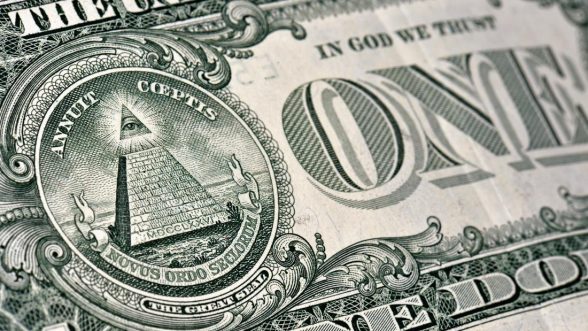
More progressivity means more progress. Especially after 2008. That’s the Democratic tax philosophy seven autumns after the financial crisis. Voters are still frustrated by the arbitrary quality of the rescues and the uneven quality of the recovery. So Hillary Clinton proposes increases in capital-gains-tax rates for top earners. Clinton’s former fellow candidate Lincoln Chafee offered to raise the top marginal income tax rate to 45% from the current 39.6%. You can bet Bernie Sanders’s plan, when it comes, will redistribute even more dramatically.
Republicans by contrast are heading toward the very un-progressive flat tax. The simple levy hasn’t been this popular since 1996, when Steve Forbes campaigned with the promise of a universal 17% income tax rate. Several of this campaign’s flat taxers are actually out-Forbesing Forbes. Ted Cruz is calling for a flat 10%. Ben Carson, Mike Huckabee and Rand Paul also propose some kind of flat rate. Jeb Bush, Marco Rubio and Donald Trump pay their respects with plans that reduce the number of tax brackets.
In the TIME Flat-Tax article, Amithy Shlaes discusses the possibilities of a progressive tax and flat tax. A recent paper by CU Denver Business School Accounting Professor Michael Roberts and Theresa Roberts, a Master of Science in Accounting student was cited by Shlaes to further discuss the differences between tax plans.


